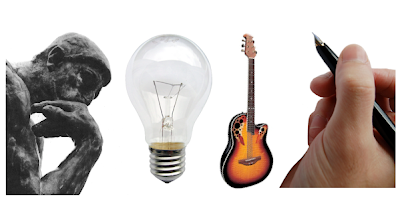
As a marketeer, I am obviously fascinated by the potential influence of social media on marketing trends and we experiment with ways to integrate these tools into campaigns. But I also find myself drawn to a deeper analysis of why people join social networks in the first place. Why they pick one over another and why some ignore the trend entirely.
It was in exploring this psychology of social networking that I recently discovered the work of Stanley Milgram - a social psychologist who conducted two famous experiments in the 1960s. Both were experiments I had heard of separately. What I had no idea was that the same guy was responsible for them both! And so I think that could qualify Milgram as the "Father of Social Networking Theory".
Obey!!!
Milgram's first experiment, called Obedience, involved two subjects - a "learner" and a "tester". The learner would be asked a series of questions and with each answer they got wrong, the tester would apply an electric shock of increasing strength - from 15 volts to a leathal potentially 450 volts! In reality the test was rigged. The "learner" was an actor who faked the wrong answers, faked screams of agony, and pleaded for the tester to stop the experiment. The point was to find out how many testers - average people off the street - would obey the authority of the scientist in charge and continue shocking the learner despite knowing it was wrong and cruel. The result itself was shocking - over 65% of the testers would go on shocking the learners despite their perceived agony.
Milgram was in search of some deeper explanation of social obedience and in particular - its dark side - which can lead to normally rational, well-intentioned people, allowing the seemingly unthinkable (like the Holocoust) to take place and indeed even willingly participating in it. The experiments and various
videos of it like this one range from disturbing to oddly humorous. But they do seem to illustrate the role that simple "peer pressure" plays in how we act socially and that very few people can fight it.
 It's a Small World After All...
It's a Small World After All...The other experiment Milgram conducted was called the
"Small World Phenomenon".
In the experiment, Milgram sent several packages to 160 random people living in Omaha, Nebraska, asking them to forward the package to a friend or acquaintance whom they thought would bring the package closer to a final individual, a stockbroker from Boston, Massachusetts. The letter included this specific condition: "If you do not know the target person on a personal basis, do not try to contact him directly. Instead, mail this folder to a personal acquaintance who is more likely than you to know the target person."
Milgram found that it usually took just six mailings for the package to reach the stockbroker in Boston allowing him to theorize that on average any two people in the United States were just separated by just six acquaintances. That led, of course, to the now popular phrase "six degrees of separation".
Milgram's Law?
So what does it all mean? Well, Milgram died in 1984 (Obedience? Orwell? Irony?) long before we had Facebook, MySpace or even the Internet. But had he lived another 10-15 years I suspect he might have predicted that the natural phenomenon of "social obediance" and a world made even smaller by technology would have led to this. And he might have developed a Milgram's Law that states something like networking technology + small world + obedience = the rapid rise and fall (anyone remember Friedster?) of social media networks.
- JPL













 As a marketeer, I am obviously fascinated by the potential influence of social media on marketing trends and we experiment with ways to integrate these tools into campaigns. But I also find myself drawn to a deeper analysis of why people join social networks in the first place. Why they pick one over another and why some ignore the trend entirely.
As a marketeer, I am obviously fascinated by the potential influence of social media on marketing trends and we experiment with ways to integrate these tools into campaigns. But I also find myself drawn to a deeper analysis of why people join social networks in the first place. Why they pick one over another and why some ignore the trend entirely.
 It's a Small World After All...
It's a Small World After All...